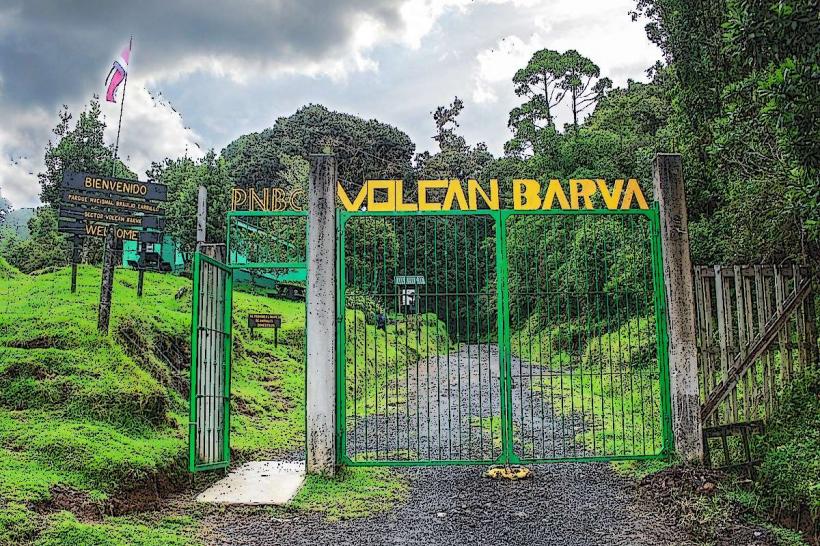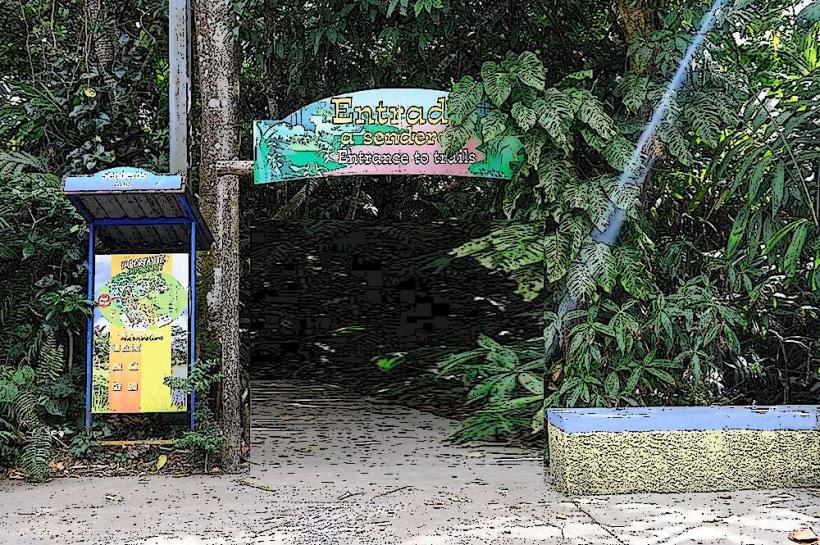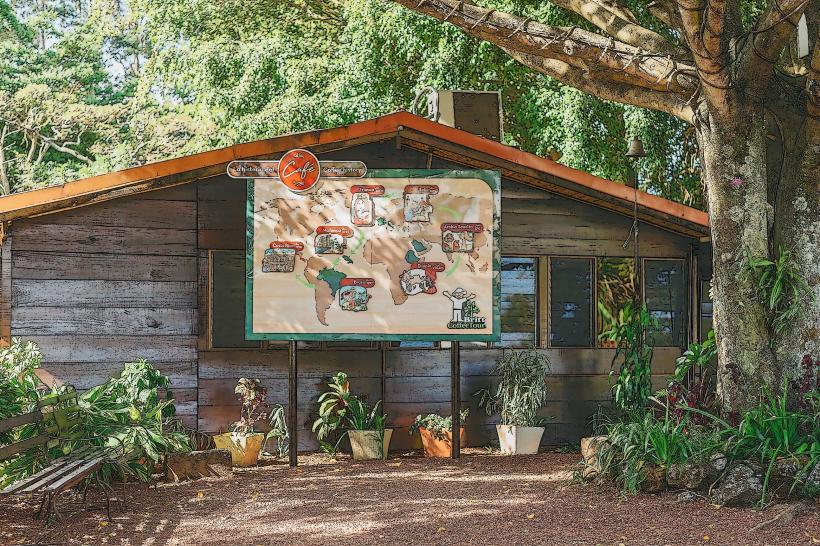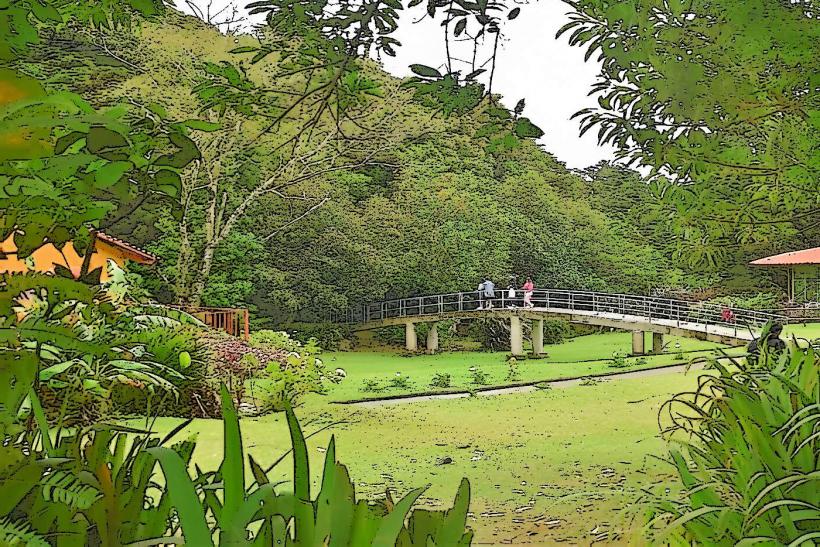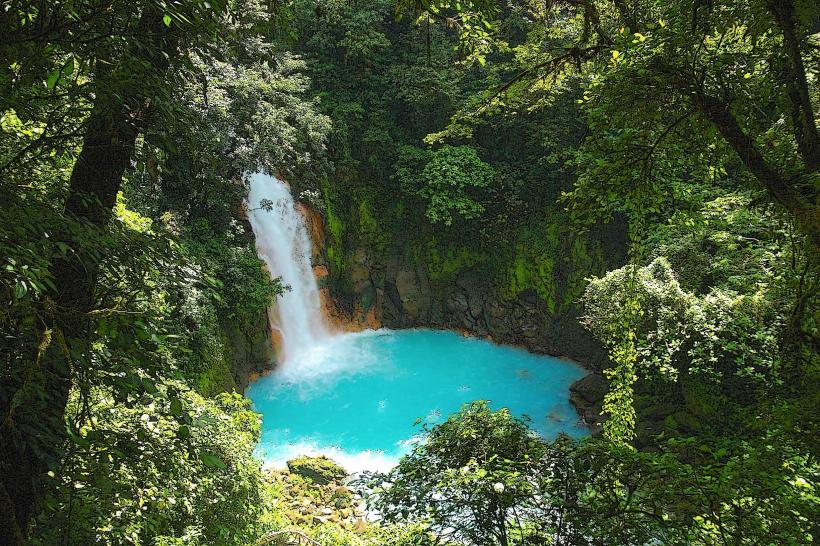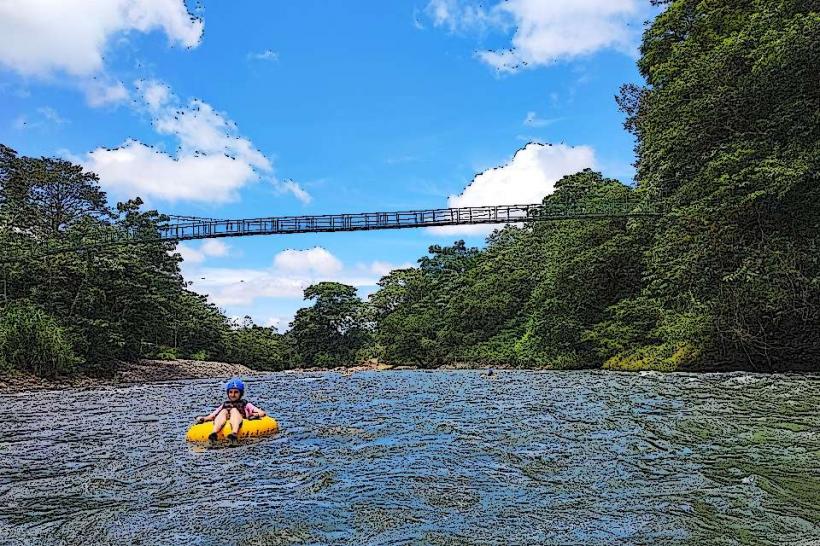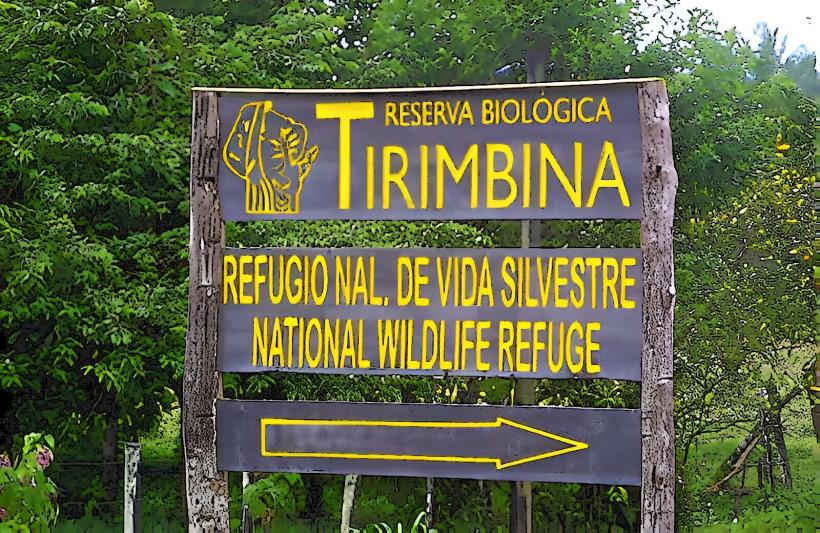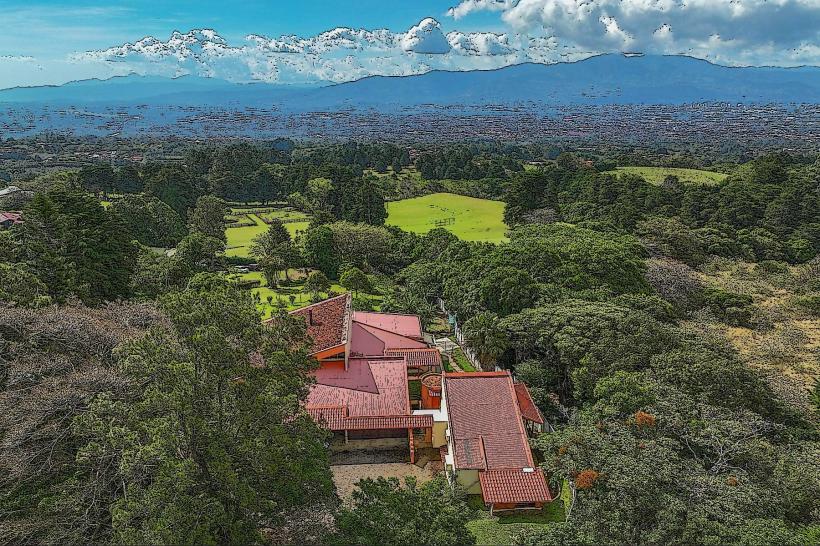Information
Landmark: Braulio Carrillo National ParkCity: Heredia
Country: Costa Rica
Continent: North America
Braulio Carrillo National Park is one of Costa Rica's most diverse and ecologically important national parks. Located in the Central Volcanic Mountain Range, it is known for its dense rainforests, mountainous terrain, and rich biodiversity. The park is named after Braulio Carrillo, a prominent figure in Costa Rican history, who served as president during the 19th century. It is considered one of the country's largest and most biologically diverse protected areas, offering a unique combination of cloud forests, lowland rainforests, and volcanic features.
Overview:
- Name: Braulio Carrillo National Park (Parque Nacional Braulio Carrillo)
- Location: Heredia Province and San José Province, Costa Rica
- Size: Approximately 50,000 hectares (123,500 acres)
- Established: 1978
- Elevation: The park ranges in elevation from 30 meters (98 feet) in the Caribbean lowlands to over 2,500 meters (8,200 feet) at the summit of Cerro Chompipe.
- Biodiversity: Home to a rich variety of ecosystems, from lowland rainforests to cloud forests, and a wide range of wildlife, including mammals, birds, amphibians, and insects.
Ecological Features:
Braulio Carrillo National Park is a biodiversity hotspot, with varied ecosystems that support numerous species of flora and fauna. The park's elevation gradient contributes to its wide range of habitats, which include tropical rainforests, cloud forests, and montane forests.
Key Ecosystems:
- Lowland Rainforest: Found in the lower areas of the park, this ecosystem is dense with tall trees, epiphytes, and lianas. It is home to a wide range of tropical wildlife.
- Cloud Forests: As you move upward in elevation, the forest transitions into a cloud forest, characterized by fog, moss-covered trees, and high humidity. This ecosystem supports many endemic species.
- Montane Forests: At higher elevations, the park features montane forests, where the flora and fauna adapt to cooler temperatures and different environmental conditions.
The park’s diversity of habitats makes it a vital location for species that depend on different types of forest ecosystems to thrive.
Wildlife:
Braulio Carrillo National Park is home to a variety of animal species, many of which are rare or endangered. The park provides a safe haven for many species that require protected environments to survive.
Mammals:
- Jaguar: Although elusive, the jaguar (Panthera onca) is known to inhabit the park’s dense forests.
- Puma: Another large cat species, the puma (Puma concolor), is also found in the park.
- Sloths: Both the brown-throated sloth and the pale-throated sloth are present in the park.
- Monkeys: Various species of monkeys, including howler monkeys and white-faced capuchin monkeys, are commonly seen in the park.
- Tapir: The Baird's tapir, an endangered species, can also be found in the park.
Birds:
- Resplendent Quetzal: One of the most famous birds of Costa Rica, the resplendent quetzal (Pharomachrus mocinno) is often found in the park’s higher cloud forests.
- Harpy Eagle: The harpy eagle (Harpia harpyja), one of the largest and most powerful eagles, is known to inhabit the park.
- Toucans and Parrots: Various species of toucans and parrots are found throughout the park, making it a prime location for birdwatching.
Amphibians and Reptiles:
- The park is rich in frogs, including the red-eyed tree frog (Agalychnis callidryas), one of the most iconic amphibians of Costa Rica.
- The Fer-de-lance (Bothrops asper), a venomous pit viper, is also found in the park’s forests.
- Anoles, skinks, and iguanas can be spotted in the park as well.
Insects:
- Butterflies: The park hosts a variety of butterflies, including the blue morpho butterfly (Morpho peleides).
- Moths: The region also has a large diversity of moths, many of which are nocturnal.
Hiking and Trails:
Braulio Carrillo National Park offers a variety of hiking opportunities, from easy walks to more challenging treks. The trails take visitors through the park’s diverse ecosystems, providing a chance to experience its rich biodiversity firsthand.
Popular Trails:
- Sendero Las Palmas: A relatively easy 1.5-kilometer (1-mile) trail through the lowland rainforest, this trail is great for beginners and those wanting to explore the park’s dense tropical vegetation.
- Sendero El Ceibo: This is a 3.5-kilometer (2.2-mile) loop trail that leads visitors through the cloud forest and provides scenic views of the surrounding mountains.
- Cerro Chompipe Trail: A more challenging trail that leads to the summit of Cerro Chompipe, the park’s highest peak at 2,500 meters (8,200 feet). It provides stunning panoramic views of the surrounding forests and volcanoes.
Attractions:
- Overlooks: The park features several scenic overlooks, including the La Paz overlook, which offers a breathtaking view of the Caribbean lowlands and the park’s dense forests.
- Waterfalls: The park is home to several small waterfalls along its trails, including the Catarata de La Paz (La Paz Waterfall), a picturesque spot for photography.
Access and Practical Information:
Braulio Carrillo National Park is easily accessible from the capital city, San José, making it an excellent destination for day trips or longer stays.
How to Get There:
- By Car: The park is located approximately 30 minutes to 1 hour from San José. To reach the park, take the Ruta 32 highway, which heads north from the capital toward the Caribbean coast. The park’s main entrance is located just before the Túnel del Zurquí tunnel.
- Public Transportation: Public buses run from San José to the nearby town of Guápiles, and visitors can then use taxis to reach the park entrance.
Best Time to Visit:
- The best time to visit the park is during the dry season (from December to April), when the weather is more favorable for hiking and outdoor activities.
- The rainy season (May to November) brings lush vegetation and misty conditions but also comes with frequent rains that may impact trail accessibility.
What to Bring:
- Comfortable hiking boots: The park’s trails can be muddy and uneven, especially during the rainy season.
- Rain gear: A rain jacket or poncho is essential, particularly during the rainy season.
- Insect repellent: The park’s dense vegetation can harbor mosquitoes and other insects.
- Water and snacks: Make sure to bring sufficient water and snacks for hiking trips.
- Camera and binoculars: For birdwatching and capturing the park’s stunning landscapes.
Why Visit Braulio Carrillo National Park?
Braulio Carrillo National Park offers visitors a chance to experience the incredible biodiversity of Costa Rica, from lush rainforests to misty cloud forests. The park is an ideal destination for nature lovers, birdwatchers, and hikers who want to explore one of Costa Rica's most ecologically rich regions. With its variety of wildlife, scenic trails, and the chance to see rare species in their natural habitats, Braulio Carrillo is a must-visit for those interested in experiencing the natural beauty of Costa Rica at its best.

